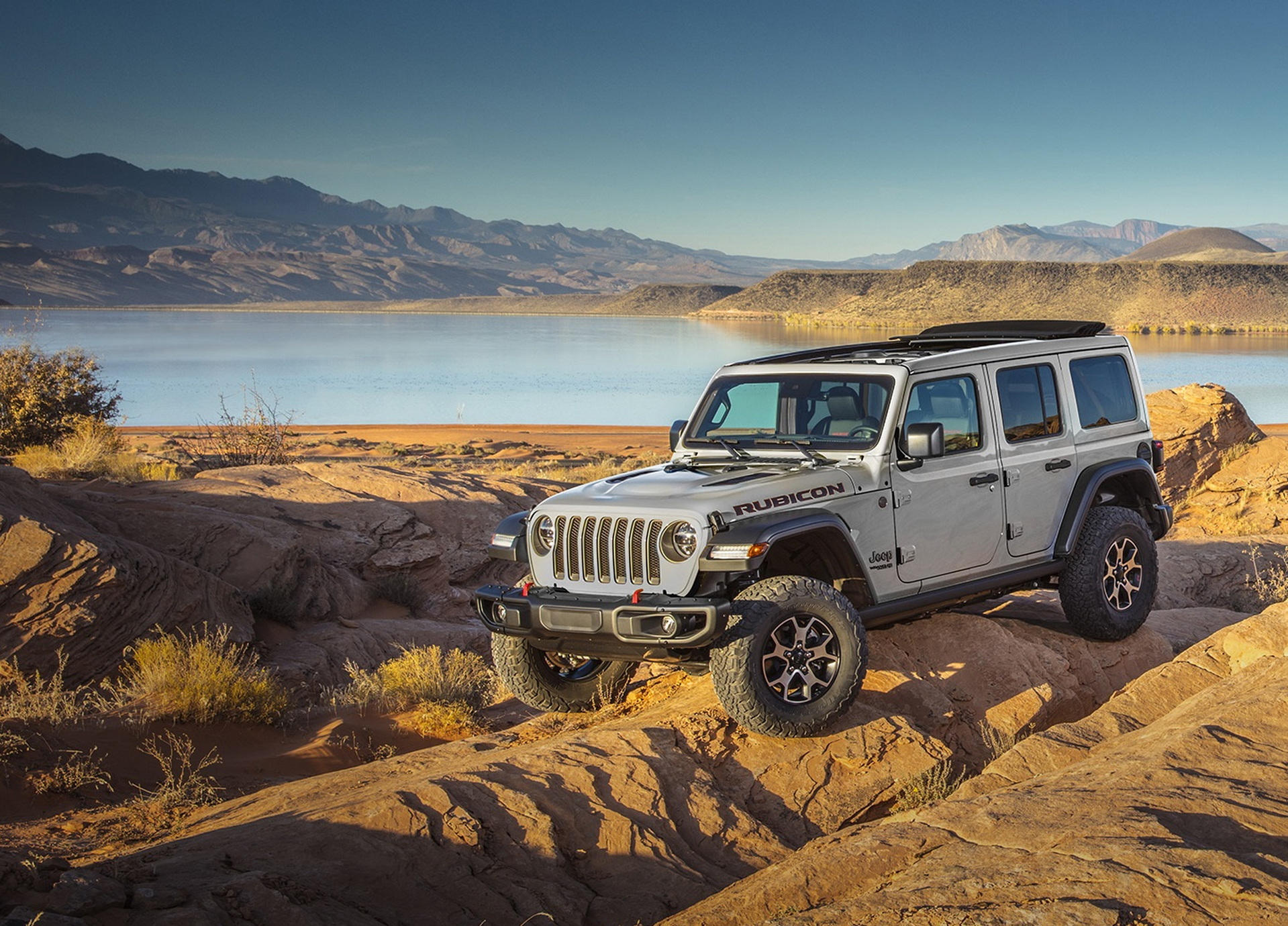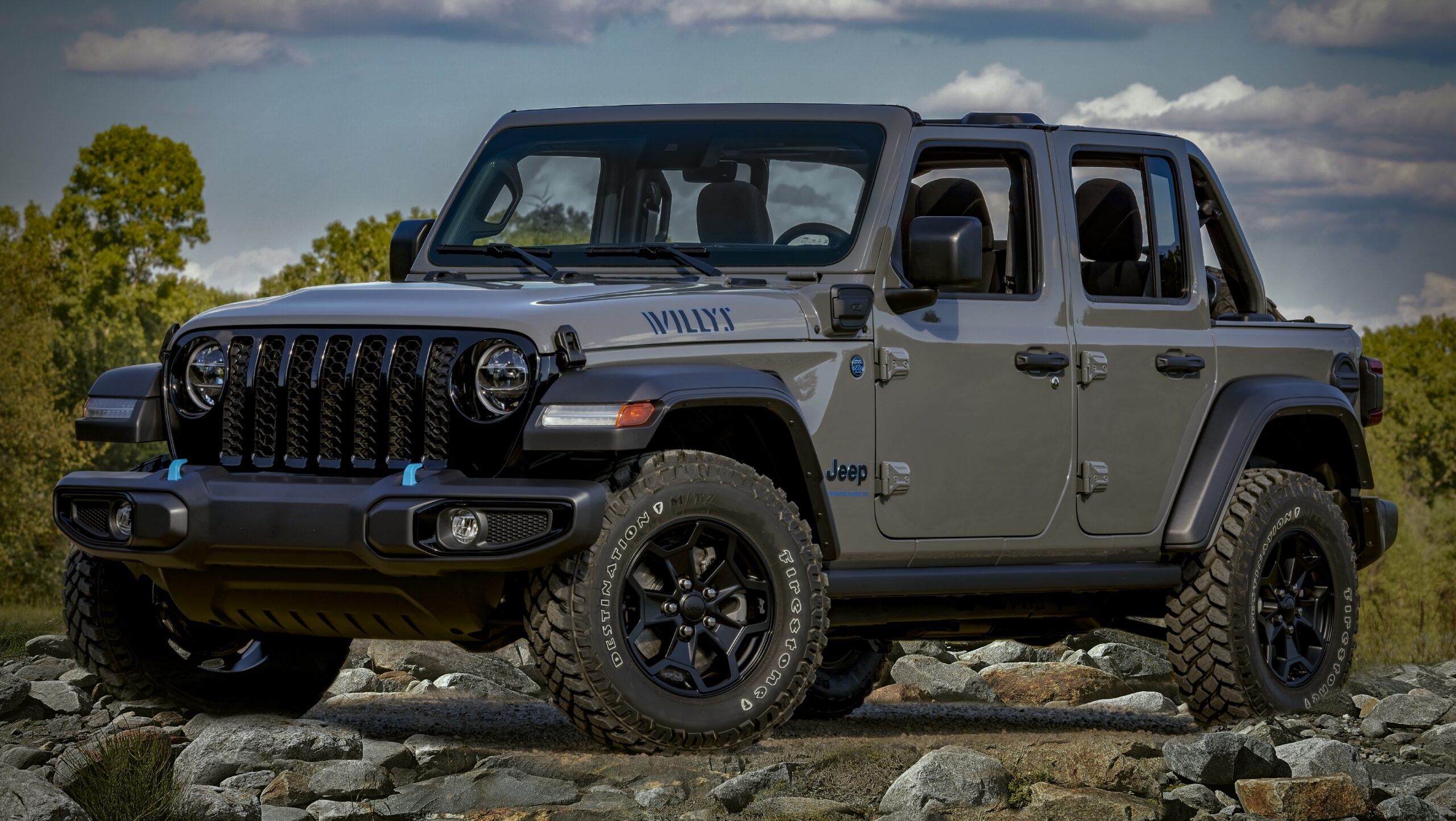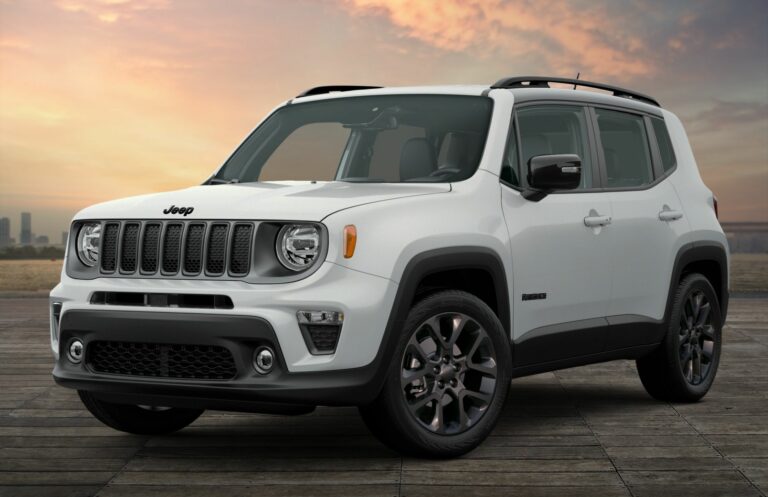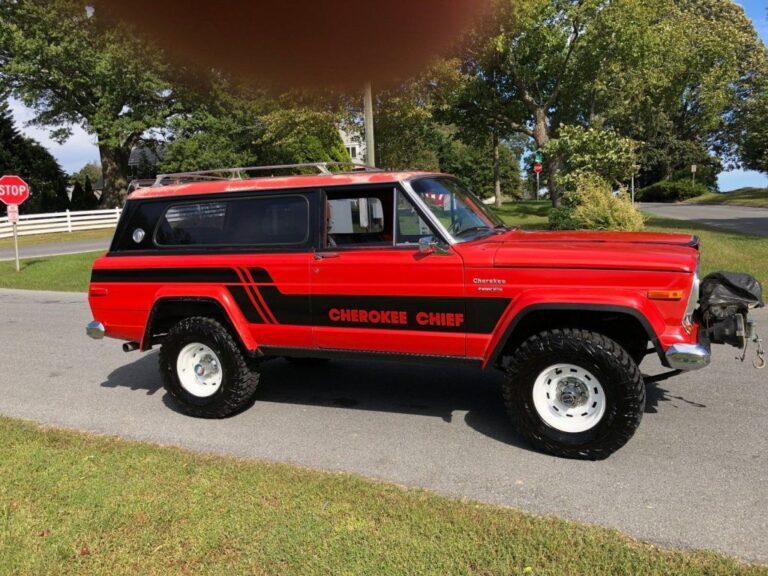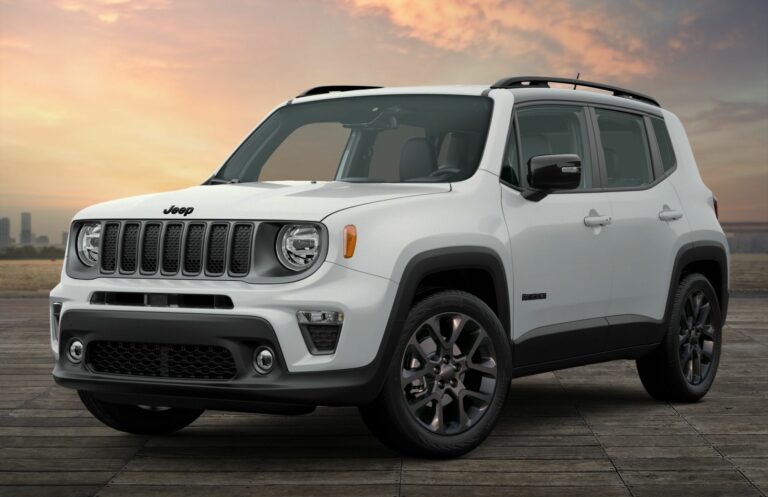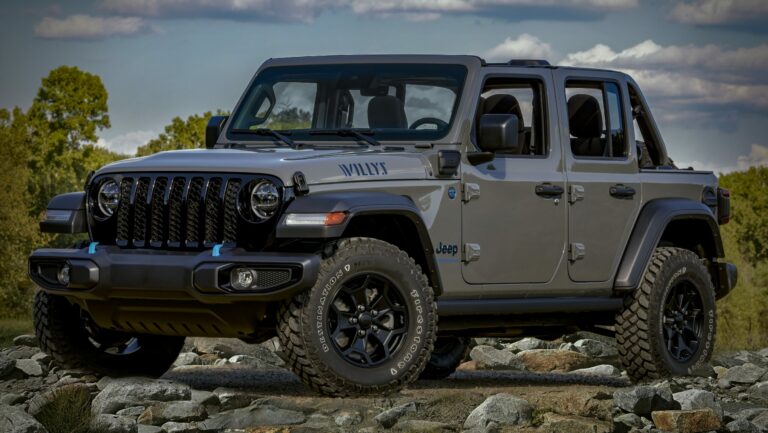Jeep Cherokee WK2 Wiki: Your Definitive Guide to a Modern Classic
Jeep Cherokee WK2 Wiki: Your Definitive Guide to a Modern Classic jeeps.truckstrend.com
The automotive world is replete with iconic names, and few resonate as strongly as "Jeep Cherokee." While the nameplate has evolved significantly over the decades, the WK2 generation (produced from 2011 to 2021) stands out as a pivotal moment for the Grand Cherokee line, blending rugged capability with luxurious comfort and advanced technology. For owners, prospective buyers, and enthusiasts alike, a dedicated Jeep Cherokee WK2 Wiki serves as an invaluable, comprehensive knowledge hub.
This article aims to emulate such a wiki, providing a detailed exploration of the WK2, its features, common considerations, and practical advice. Think of it as your go-to reference for everything related to this impressive SUV, designed to inform, educate, and empower you, whether you’re performing routine maintenance, planning an upgrade, or simply curious about the nuances of this celebrated vehicle.
Jeep Cherokee WK2 Wiki: Your Definitive Guide to a Modern Classic
Understanding the Jeep Cherokee WK2: A New Era for Grandeur
The WK2 generation of the Jeep Grand Cherokee marked a significant departure from its predecessors, moving to a unibody platform co-developed with Mercedes-Benz (shared with the Mercedes-Benz M-Class/GLE). This shift brought a more refined ride, improved handling, and enhanced safety features without sacrificing the Grand Cherokee’s renowned off-road prowess.
Launched in 2010 as a 2011 model, the WK2 quickly garnered praise for its upscale interior, powerful engine options, and sophisticated 4×4 systems. It successfully bridged the gap between a family-friendly SUV and a true adventure vehicle, appealing to a wide demographic.
Key Evolutionary Milestones:
- 2011 Launch: Introduced with the new 3.6L Pentastar V6 and the returning 5.7L Hemi V8. Featured Quadra-Trac I, Quadra-Trac II, and Quadra-Drive II 4×4 systems, and available Quadra-Lift air suspension.
- 2014 Mid-Cycle Refresh: Significant updates including a new 8-speed automatic transmission across all engines, revised exterior styling (headlights, grille, taillights), updated interior with a larger Uconnect touchscreen, and new safety features (adaptive cruise control, forward collision warning). The 3.0L EcoDiesel V6 option was introduced.
- 2017/2018 Performance Boosts: Introduction of the SRT (later Trackhawk) models, pushing performance boundaries with the 6.4L naturally aspirated Hemi and the supercharged 6.2L Hellcat engine, respectively.
- 2021 End of Production: The WK2 concluded its impressive run, making way for the new WL generation.
![]()
Powertrains & Performance: Heart of the WK2
A comprehensive WK2 Wiki would detail the diverse range of engines and transmissions that powered this generation, catering to various needs from fuel efficiency to raw power.
- 3.6L Pentastar V6: The workhorse engine, offering a balance of power (around 290-295 hp) and reasonable fuel economy. Reliable and widely available, it’s a popular choice for daily driving.
- 5.7L Hemi V8: For those desiring more grunt (360 hp, 390 lb-ft torque), the Hemi V8 provides robust acceleration and impressive towing capabilities (up to 7,400 lbs). Features cylinder deactivation for improved efficiency.
- 3.0L EcoDiesel V6 (2014-2019): A highly sought-after option known for its excellent torque (420 lb-ft) and superior fuel economy. Ideal for towing and long-distance travel, though it came with its own set of specific maintenance considerations (e.g., DEF fluid).
- 6.4L Hemi V8 (SRT, 2012-2021): Exclusively for the Grand Cherokee SRT, delivering exhilarating performance with 470-475 hp.
- 6.2L Supercharged Hemi V8 (Trackhawk, 2018-2021): The pinnacle of WK2 performance, boasting a staggering 707 hp, making the Trackhawk one of the fastest SUVs on the planet.


All WK2 models from 2014 onwards were paired with a smooth and efficient ZF 8-speed automatic transmission, significantly improving performance and fuel economy over the earlier 5-speed and 6-speed units.
Interior, Technology & Safety: Comfort Meets Innovation
The WK2’s interior was a significant upgrade, moving Jeep into a more premium segment. A WK2 Wiki would highlight:
- Uconnect Infotainment: The centerpiece of the cabin, evolving from smaller touchscreens to the larger 8.4-inch display with navigation, Apple CarPlay, and Android Auto (later models). Known for its user-friendliness.
- Premium Materials: Higher trims (Overland, Summit) offered genuine wood trim, premium leather, and advanced sound systems (e.g., Harman Kardon).
- Advanced Safety Features: Early models offered basic safety, but later WK2s (especially post-2014 refresh) could be equipped with Adaptive Cruise Control, Forward Collision Warning, Blind Spot Monitoring, Rear Cross-Path Detection, and Parallel/Perpendicular Park Assist.
- Seating & Cargo: Comfortable seating for five, with ample cargo space that expands significantly with the rear seats folded flat.
Off-Road Prowess & Towing Capabilities
Despite its luxurious leanings, the WK2 remained a true Jeep at heart. A comprehensive wiki would detail its off-road credentials:
- Quadra-Trac I: Full-time 4WD system, simplest option.
- Quadra-Trac II: Adds a two-speed transfer case (4-Low) and Selec-Terrain system, optimizing traction for various conditions (Sand, Snow, Auto, Rock, Mud).
- Quadra-Drive II: The most advanced system, including an electronic limited-slip differential (ELSD) on the rear axle for superior traction control, especially in extreme off-road scenarios.
- Quadra-Lift Air Suspension: Available on higher trims, allowing for adjustable ride height, improving ground clearance for off-roading and lowering for highway aerodynamics or easier entry/exit.
- Towing: With the right configuration (especially the Hemi or EcoDiesel), the WK2 can tow up to 7,400 lbs, making it a capable hauler for boats, campers, or trailers.
Common Issues & Solutions: Troubleshooting Your WK2
No vehicle is without its quirks, and a valuable WK2 Wiki would candidly address common issues, offering insights and potential solutions.
- Air Suspension Leaks/Compressor Issues: Over time, air springs can develop leaks, or the compressor can fail. Symptoms include the vehicle sagging on one corner or the "Service Air Suspension" light. Solutions range from replacing individual bags to the entire compressor unit.
- TIPM (Totally Integrated Power Module) Failures: Primarily in early WK2 models, this module controls many electrical functions. Failures can lead to intermittent electrical issues (e.g., fuel pump not engaging, power windows failing).
- Water Leaks (Sunroof, Tailgate): Sunroof drains can clog, leading to water ingress. The rear tailgate can also be prone to leaks around the seals.
- EcoDiesel Specifics: Diesel particulate filter (DPF) regeneration issues, DEF system sensor failures, and potential turbocharger issues. Regular highway driving and proper maintenance are key.
- Infotainment Glitches: Uconnect system freezing, reboots, or connectivity issues. Often resolved with software updates or hard resets.
- Early Pentastar V6 Head Issues: Some early 3.6L engines (pre-2014) experienced cylinder head issues (P030X misfire codes). Most were covered under warranty.
Practical Advice: Consult your WK2 Wiki regularly! Many issues have known diagnostics and DIY fixes. Always verify information with reputable mechanics or official service manuals.
Maintenance & Care: Keeping Your WK2 Running Strong
Longevity and reliability stem from diligent maintenance. A WK2 Wiki would provide comprehensive guidance:
- Oil Changes: Adhere to recommended intervals (e.g., 10,000 miles for Pentastar/Hemi, shorter for EcoDiesel or severe duty). Use the correct oil weight and specification (e.g., Pennzoil Ultra Platinum 0W-20 for Pentastar).
- Transmission Fluid & Filter: Critical for the 8-speed ZF. Follow the "lifetime fill" guidance with caution; many recommend changing around 60,000-80,000 miles.
- Differential & Transfer Case Fluid: Regular changes are vital for 4×4 system health.
- Brakes: Monitor pad and rotor wear. Consider upgrading to performance pads/rotors if you tow frequently.
- Tires: Rotate regularly and maintain proper pressure. Choose tires appropriate for your driving conditions (all-season, all-terrain, mud-terrain).
- Air Filter & Cabin Filter: Easy DIY replacements.
- Spark Plugs: Follow recommended intervals (e.g., 100,000 miles for Pentastar).
- Recalls: Stay informed about any active recalls and ensure they are addressed.
Modifications & Upgrades: Personalizing Your WK2
The WK2’s robust platform makes it a popular candidate for personalization. A wiki section would cover:
- Lift Kits: From mild leveling kits to full suspension lifts for larger tires and increased ground clearance.
- Wheels & Tires: Upgrading to more aggressive tires for off-roading or larger, more stylish wheels for aesthetics.
- Exterior Accessories: Rock sliders, skid plates, roof racks, aftermarket bumpers, winches.
- Performance Upgrades: Cold air intakes, exhaust systems, tuners (especially for Hemi and EcoDiesel), superchargers (for Hemi).
- Interior Enhancements: Custom lighting, sound system upgrades, cargo management solutions.
Important Consideration: Always research compatibility and potential impacts on warranties or safety when modifying your vehicle.
Buying Guide: What to Look For in a Used WK2
For prospective buyers, a WK2 Wiki is an indispensable resource.
- Vehicle History Report: Always get a CarFax or AutoCheck report.
- Service Records: Look for a history of regular maintenance.
- Rust: Inspect the frame, suspension components, and body panels, especially in salt-belt regions.
- Air Suspension Check: Test all height settings. Listen for compressor noise and watch for sagging.
- Test Drive: Listen for unusual noises (clunks, squeaks, hums), check for smooth shifting, and verify all electronic features work.
- Engine Specifics:
- Pentastar: Listen for ticking noises (potential rocker arm issues on higher mileage).
- Hemi: Check for MDS (cylinder deactivation) issues or lifter noise.
- EcoDiesel: Ensure DPF system is functioning correctly, no excessive smoke.
Jeep Cherokee WK2: Representative Market Values & Common Costs (As Found in a Comprehensive Wiki)
This table provides general price ranges for various WK2 trims and common associated costs. Prices can vary significantly based on condition, mileage, location, and specific features.
| Category | Item/Service | Approximate Cost Range (USD) | Notes |
|---|---|---|---|
| Used Vehicle Value | 2011-2013 WK2 (Laredo/Limited) | $8,000 – $15,000 | Earlier models, higher mileage. |
| 2014-2016 WK2 (Laredo/Limited/Overland) | $13,000 – $22,000 | Post-refresh, good value. | |
| 2017-2020 WK2 (Limited/Overland/Summit) | $20,000 – $35,000+ | Newer models, lower mileage, more features. | |
| SRT/Trackhawk (Varies by Year/Condition) | $35,000 – $80,000+ | Performance models hold value strongly. | |
| Routine Maintenance | Oil Change (Synthetic) | $70 – $150 | V6/V8. EcoDiesel typically higher ($150-$250). |
| Brake Job (Pads & Rotors, Front or Rear) | $300 – $700 per axle | OEM parts higher, aftermarket lower. | |
| Tire Replacement (Set of 4, All-Season) | $600 – $1,200+ | Varies greatly by brand, size, and type. | |
| Transmission Fluid & Filter Change (8-spd) | $400 – $800 | Specialized fluid/procedure, often recommended by enthusiasts. | |
| Common Repairs | Air Suspension Bag Replacement (per corner) | $400 – $800+ | Aftermarket options available; dealership much higher. |
| Air Suspension Compressor | $500 – $1,000+ | Plus labor for replacement. | |
| TIPM Replacement (Early Models) | $800 – $1,500+ | Parts & labor. | |
| EcoDiesel DPF/SCR System Repair | $1,000 – $4,000+ | Can be very expensive depending on component failure. | |
| Popular Upgrades | 2" Lift Kit (Basic) | $300 – $800 | Spacers or basic coil-overs, DIY-friendly. |
| 2.5" – 3.5" Full Suspension Lift | $1,500 – $4,000+ | Quality components, professional installation recommended. | |
| Aftermarket Wheels (Set of 4) | $800 – $3,000+ | Style, size, and material dependent. | |
| Performance Exhaust System | $500 – $1,500+ | Cat-back systems. |
Frequently Asked Questions (FAQ) about the Jeep Cherokee WK2
Q1: Is the Jeep Grand Cherokee WK2 reliable?
A1: Generally, yes, especially the Pentastar V6 and Hemi V8 models, particularly those post-2014. Like any vehicle, consistent maintenance is key. Early models had some known electrical and air suspension issues, but many have been addressed.
Q2: What is the best year for the WK2 Grand Cherokee?
A2: Many enthusiasts recommend the 2014-2016 models as a sweet spot. They benefit from the 8-speed transmission and infotainment updates but are generally more affordable than later years. Later models (2017-2020) offer the most refined experience and advanced features.
Q3: How good is the WK2 off-road?
A3: Very capable for a modern SUV. Models equipped with Quadra-Trac II or Quadra-Drive II and Quadra-Lift air suspension can tackle surprisingly challenging terrain, especially with appropriate tires.
Q4: What’s the real-world fuel economy of the WK2?
A4:
- 3.6L Pentastar V6: 18-20 MPG combined (higher on highway).
- 5.7L Hemi V8: 15-17 MPG combined.
- 3.0L EcoDiesel V6: 23-25 MPG combined (can exceed 30 MPG highway).
- SRT/Trackhawk: Single-digit to low-teens MPG, depending on how aggressively it’s driven.
Q5: Are EcoDiesel WK2s worth it?
A5: For those who prioritize torque and fuel economy, yes. However, be aware of potentially higher maintenance costs and the need for DEF fluid. Ensure the DPF system is functioning correctly if buying used.
Q6: Can I tow with a WK2?
A6: Absolutely. With the 5.7L Hemi or 3.0L EcoDiesel, properly equipped WK2s can tow up to 7,400 pounds, making them excellent choices for moderate to heavy towing.
Conclusion: The Enduring Legacy of the WK2
The Jeep Grand Cherokee WK2 stands as a testament to Jeep’s ability to evolve while staying true to its core identity. It successfully blended refined on-road manners with genuine off-road capability, making it a versatile and popular choice for a decade.
A comprehensive Jeep Cherokee WK2 Wiki serves as more than just an information repository; it’s a community-driven resource that empowers owners to understand, maintain, and enjoy their vehicles to the fullest. Whether you’re a seasoned Jeeper or new to the brand, diving into the wealth of knowledge available for the WK2 will undoubtedly enhance your ownership experience and appreciation for this modern classic.
